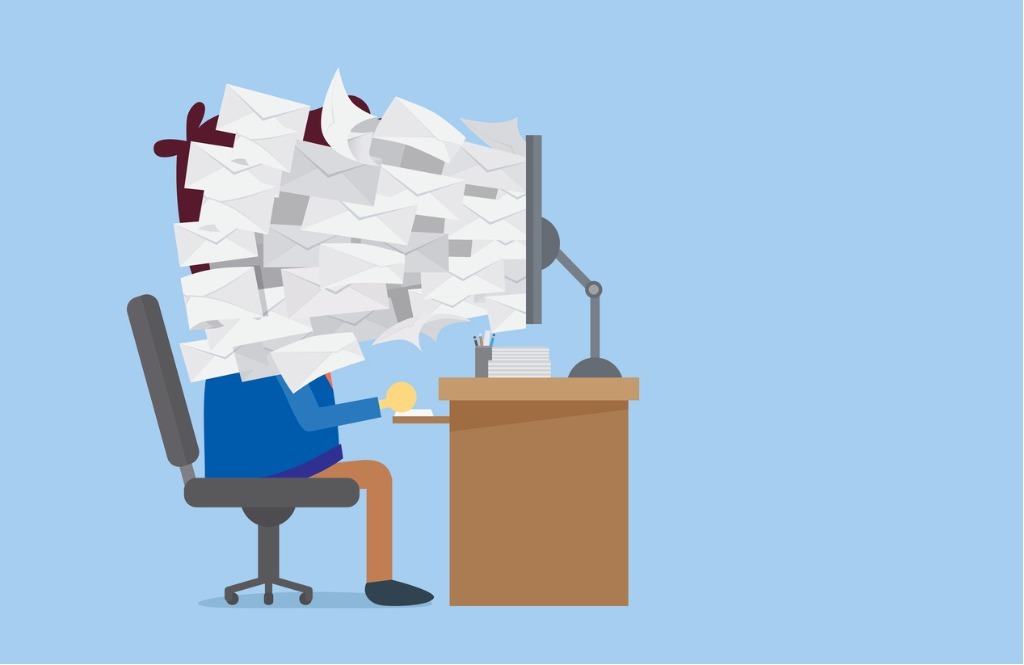
Monica Seeley shares her top five tips for dealing with email attachments
Attachments can make us feel stupid
Have you ever sent an email only to receive the response ‘Where is the attachment?’ It’s so frustrating – especially when the email goes to ten or more people and they all respond this way!
Many organisations still work with mailbox limits, which can give rise to a stressful situation when your mailbox is full, and you can neither send nor receive emails until you downsize it.
Then there is the scenario where you are working in an area with limited broadband speed, waiting for an important email, and everything is even slower because someone has sent you a very large attachment. Little wonder attachments can be the bain of people’s lives.
Here are five top tips for working with attachments:
1. Attach first – then write the email
This simple practice will significantly reduce the chance of you sending an email and forgetting to attach the relevant files.
2. Right-size the files you send
Every organisation has a limit of the size of attachments which can be sent and received during the day, to maintain the smooth running of their email systems. Generally, this is about 10 MB.
Before hitting send, always:
- Check not just the original file size but how it translates as an attachment.
- Compress large files using one of the industry standards such as WinZip.
- Limit the number of files you send in one email (seven is the maximum).
- Always tell the recipient to what each file relates and where appropriate which files are specific to them.
3. Share when you can
Sharing links rather than files also means you don’t fill up mailboxes, yours and the recipient’s, with several copies of the same files because the file has been updated. Furthermore, you can control which version everyone sees by updating only the file which is uploaded and sending a new link (5 KB rather than 5 MB). This way, it does not matter if you send the file either to one or one hundred people as you are not filling up mailboxes unnecessarily. Imagine if you send 30 people a 3 MB file which only 10 people really need! What a waste of space and time, as those who do not need the file have to remove and delete it to keep themselves within limits. Sharing is a wonderful way to make friends rather than enemies because no one likes a ‘mailbox space hog’.
4. Secure the attachment
Attachments, although slightly more robust and private than the content of an email, still present an easy way to leak confidential information, sending them to the wrong person, and through the hidden data contained in the raw file. In Word, you remove the revisions and edits but they have a habit of showing up again when sent out. In PowerPoint, you can easily leave sensitive information in the notes pages which are visible when opened. (This once happened to Google and it knocked millions of their share price for a while because the data was about projected revenues).
Always:
- Clean before sending. Check you have removed any hidden columns in a spreadsheet, notes in a presentation etc.
- Send in PDF format as that removes any metadata, especially in Word files.
- Password protect the file (or use any other security functions available to you).
- Restrict the recipient’s ability to print and forward the file. Dramatic but sometimes very necessary.
5. Manage the attachments in your inbox
For those with mailbox limits it is vital to save attachments outside the inbox and remove them from the emails you send. The key is to do your attachment housekeeping little and often and preferably as you handle each email.
These five simple actions will enhance your professional image because your inbox will be in far better shape, you will stay within mailbox limits (if appropriate) and not be clogging up colleagues’ inboxes.
For more tips like these see our video on Attachments at https://www.mesmo.co.uk/videos/2017/05/business-email-management-efficient-attachment-management/











